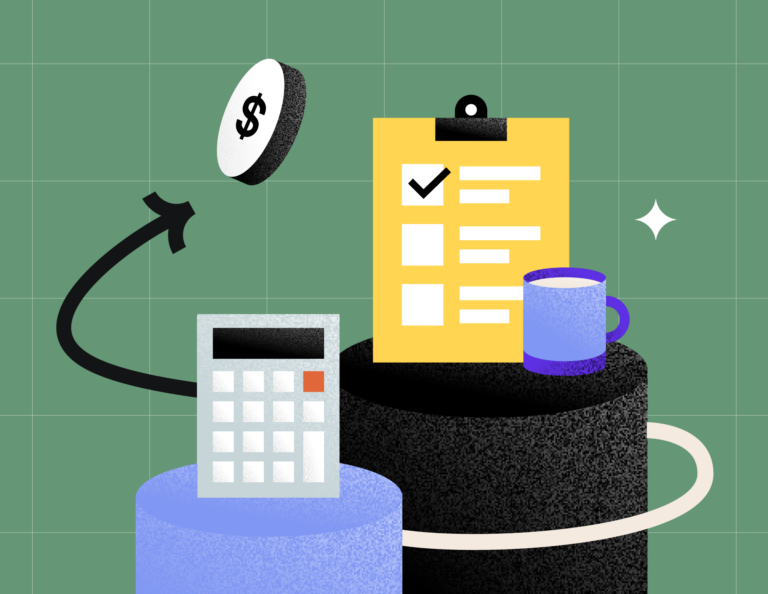As business owners, we want to spend more time creating, yet it can often feel like most of our time is spent on tedious tasks like managing expenses and scheduling clients. If there was ever a time when we need to lighten the administrative burdens, it’s when we travel. Planning and managing destination work is time-consuming—so how do we dedicate more time to our creative work and less time to the unsexy administrative stuff? Here’s what you need to know about managing business travel if you do (or want to do) destination work.
Step 1: Get all your non-travel expenses in order.
If you have a pile of expenses sitting around, don’t fret—just start by getting all of your receipts in one place. You can do this quickly and efficiently with an expense app like TravelBank. Snap photos of your receipts and export them as a PDF, or sync with your general ledger to get a clear picture of your overall business spending. This will help you determine what sort of resources you can invest in destination work. To take it a step further, you can save your expenses to custom lists, organizing them by month or project. You can also add details to validate your expenses, like noting whether the expense was for a client. As a bonus, all your expenses will be ready for taxes and you can simply email the PDF of your expense list to your tax advisor.
Step 2: Automate so it’s easy to track travel expenses on the road.
Creating repeatable workflows is key to taking back your time. Set up a system for automatically tracking and organizing expenses moving forward, so handling them is a breeze—even when you’re working on the road. To do this, use one credit card for business expenses only, and sync the transactions into TravelBank. The app captures spending as soon as it happens, and then turns those transactions into an expense report for you.
Step 3: Know how much your trip will cost before you go.
It’s important to predict the cost ahead of time, but planning a budget is time consuming and exhausting. Luckily, the Travelator is a great way to predict travel costs before you ever leave. It uses real-time data to budget airfare, lodging, ground transportation, and meals. All you have to do is enter your origin, destination, and travel dates. You can also use it to evaluate which destination is more affordable if you are deciding between various places.
Step 4: Get to know business-travel-related tax deductions.
Did you know that you can write off some of the expenses you incur when you travel for work? Expenses like your airfare, your ride to the airport, and the equipment you ship can all count. The IRS has an entire article and form dedicated to these types of deductions, so do a little research and the payoff could be big.
Travel expenses can feel like a lot to handle, especially as a small business owner. But with the right tools and systems, you’ll be ready to hit the road.




